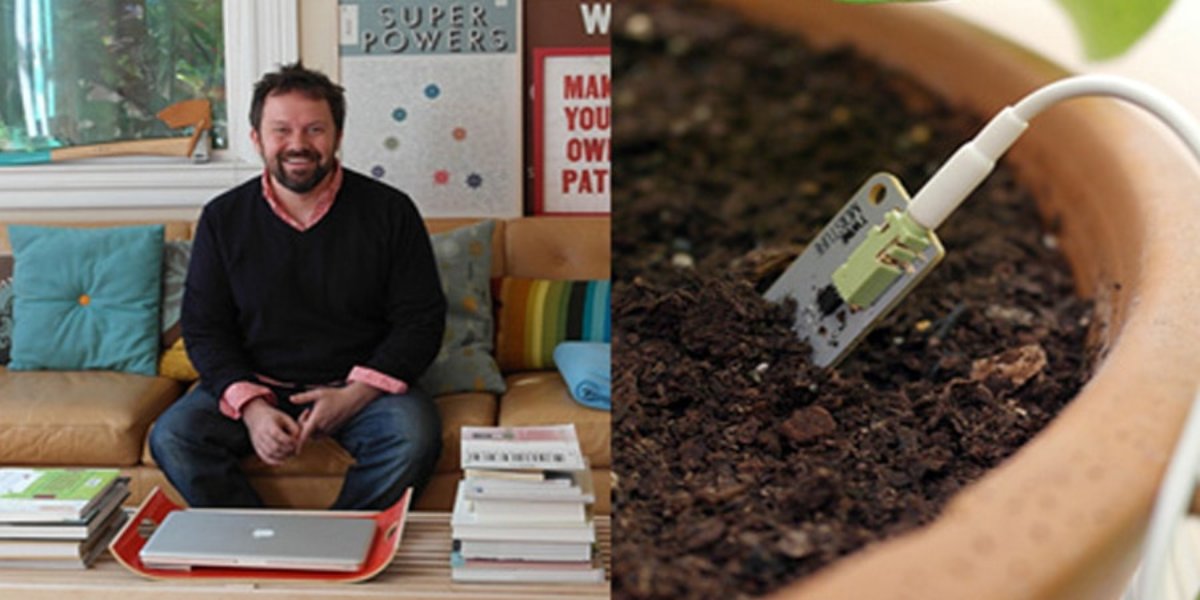

Whilst the debate about sustainability, energy-efficiency, carbon-reduction and climate change rumbles on, we have to ask ourselves the question:
“Have we really learned anything of lasting value in our quest for more sustainable, lower energy buildings in the last 50 years?”
This was the question posed by Bill Bordass in his excellent Inaugral George Henderson Memorial Lecture at the UCL Energy Institute on 12th June. The talk was entitled “Improving Building Performance: Sparing no expense to get something on the cheap?” and I was impressed by the strategic overview Bill gave on the subject, and the witty delivery.
The key message that came through from a well-respected expert in building performance evaluation is that, as a nation we don’t seem to be learning from the past. The use and performance of buildings is critical in obtaining feedback from the building itself but it doesn’t get the focus it deserves and needs. There are a number of reasons for this but the main one highlighted was the divorce between academic study of building type’s usage and professional design practice.
There is a lot of good intention around approaches to sustainability but too often projects fall short of their initial aims. In my experience it is far better to apply fewer achievable principles and measures, than aim too high and be unrealistic in the scope, subsequently falling short by not achieving any of it!
Many a time consultants and experts have gathered around a table with a client to advise on sustainable measures, but ended up not implementing any of the measures which had been discussed at great length, and on many occasions – they simply prove unviable or too problematic or expensive. The flip side of this is that many complex systems and expensive energy-reduction systems are installed in buildings, but fall by the wayside because people don’t understand how to use them, technology overtakes them, or they simply underperform.
At Habitat for Humanity Homes, we have a primary aim to create affordable homes for people in housing need. Whilst wanting to do this in as sustainable way as possible, it is a difficult balancing act to identify materials, systems and technology that will work for the homes we build, whilst still being affordable for the projects. A recent seminar I attended had a useful case study by Octavia Housing on terraced houses which outlined the difference between a Passivhaus approach, Decent Homes, and Decent Homes Plus (all of which are explained on their website).
The presenter concluded that there was a definite cost benefit in upgrading from Decent Homes to Decent Homes Plus (essentially adding thermal insulation on the inside of the exterior wall, water efficient showerheads and taps, and a water butt and rotary clothes dryer for the garden). However, the Passivhaus approach which had very impressive results, was significantly more expensive to implement – prohibitively so.
Many buildings are designed with complex services, but often users do not understand them, and clients do not care about the feedback and lessons the building itself can give. So despite best efforts to reduce their carbon footprint and energy usage, buildings are not performing well due to a simple lack of data collection and analysis.
This got me thinking about how our homes could become more ‘talkative’. Essentially, with the right monitoring equipment in place, a home should be able to speak to its occupants and tell them what is happening to the energy usage and the integral systems, however simple or complex they are.
For example, I read in a recent FT article of a British designer, Tom Coates who receives tweets to his phone with updates and messages from his own home. In addition, his systems are remotely controlled to reduce energy usage when he is out of the house. You can actually observe his home twitter feed (@houseofcoates) which has tweets from his San Francisco home!
Currently in Britain, many of us are children of our ‘throw-away’ and convenience culture, but we are now being increasingly educated about what is important around sustainability. For instance, we did not recycle our household rubbish until local councils came up with workable systems and thought through carefully how to implement and promote these. Now much of the country recycles their household rubbish; but even so, you’ll always find people that can’t be bothered to change.
I believe the key is that approaches taken are convenient, a natural part of everyday life and easy to implement. Unfortunately people prioritise convenience in living, but if we can combine great technology with an understanding of modern culture and the way people live, this could achieve more than just technology and process alone. Or, as Bill Bordass concluded in his aforementioned lecture with particular reference to how current building regulations fail to tackle energy issues: “You need to LEAD your way into innovation rather than REGULATE your way into it”.
David Clare – Business Development Manager at Habitat for Humanity GB Homes
